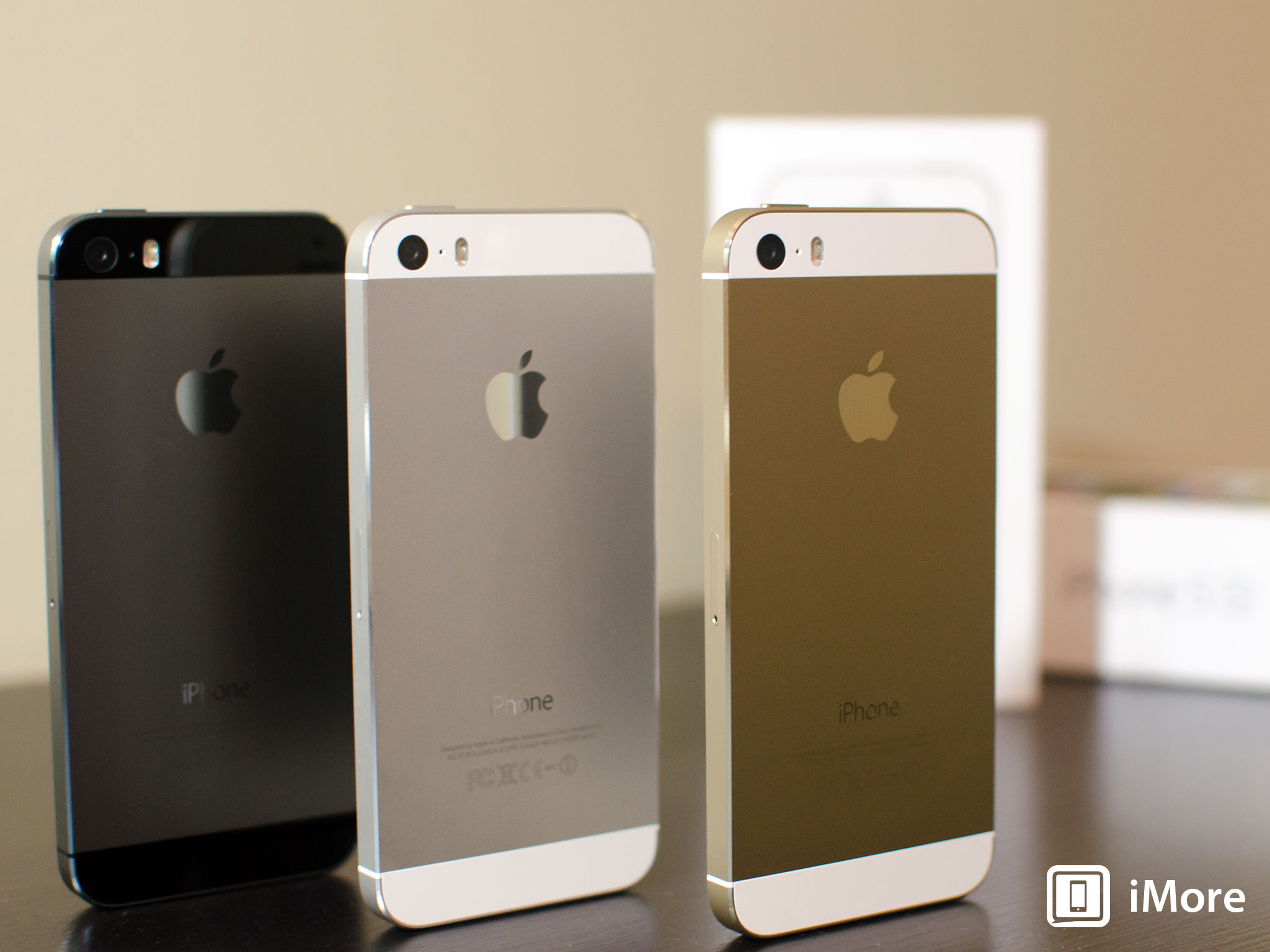
2014 iPhone buyers guide: How to choose the perfect 16GB or 32GB iPhone 5c, or 16GB, 32GB, or 64GB iPhone 5s for you!
One of the biggest decisions you have to make - literally! - when it comes to buying your new iPhone is how much storage capacity you get. The way Apple's pricing works, you get double the storage for every extra $100 your spend, which isn't really as straightforward a deal as it seems. While the iPhone 5c only has 16GB and 32GB options, the iPhone 5s has a 64GB option as well. Get more capacity than you need and you'll waste some money. Get too little and you'll experience no end of frustration. So, it's really important to weigh all the options and figure out the best price/storage ratio. Here's how it works!
Price per gigabyte breakdowns
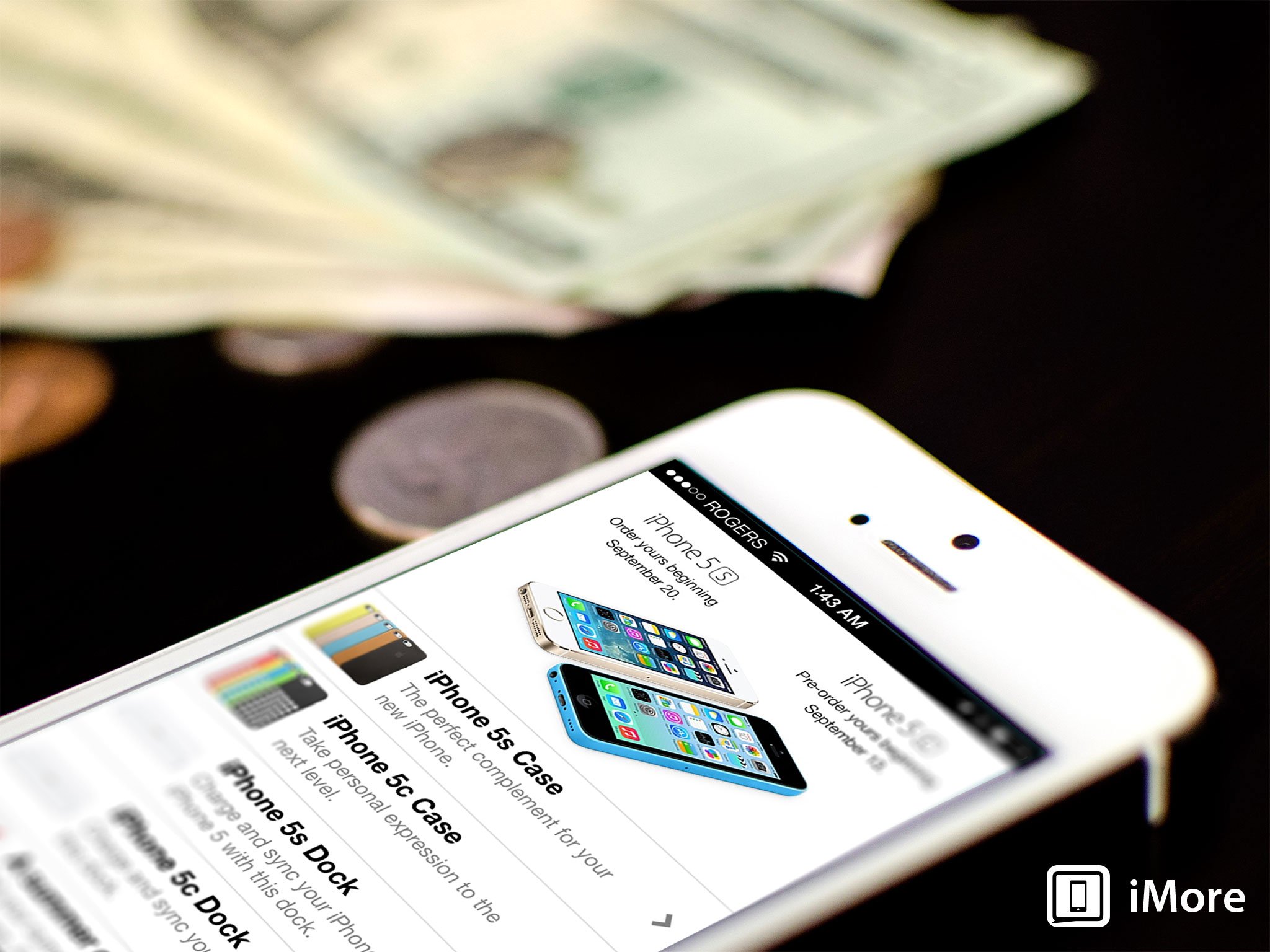
The iPhone is sold at different price points based on the amount of storage capacity it contains. While it may seem like the price per gigabyte gets cheaper once you start going up, that's not always the case. Here are the U.S. prices:
iPhone 5c on-contract with carrier subsidy
- 16GB: $99 or $6.19 a GB
- 32GB: $199 or $6.21 a GB
iPhone 5c off-contract at full price
- 16GB: $549 or $34.31 a GB
- 32GB: $649 or $20.28 a GB
iPhone 5s on-contract with carrier subsidy
- 16GB: $199 or $12.44 a GB
- 32GB: $299 or $9.34 a GB
- 64GB: $399 or $6.23 a GB
iPhone 5s off contract at full price
- 16GB: $649 or $40.56 a GB
- 32GB: $749 or $23.41 a GB
- 64GB: $849 or $13.27 a GB
On-contract and at first glance it may look like the 64GB iPhone 5s is four times the storage for only twice the price. In other words, a really sweet deal. However, 16GB for $199 (or $649 unlocked) is Apple's lowest margin device. After that, Apple is getting you to pay a pretty premium for every additional doubling of storage. Think of it this way, going from 16GB to 32GB costs you $100. Go look at the cost of a 16GB SD card and you'll see how much more you're paying for that bump. Now the $200 premium for an additional 48GB of iPhone 5s storage is more interesting, but it's still not $200 more interesting. Hey, that's why Apple has over $100 billion in the bank.
If your goal is to pay Apple absolutely the least amount of money as possible, the 16GB iPhone 5c and iPhone 5s might tempt you. But hold on, there's a lot more to consider than just the cost of storage!
Local vs. Cloud storage
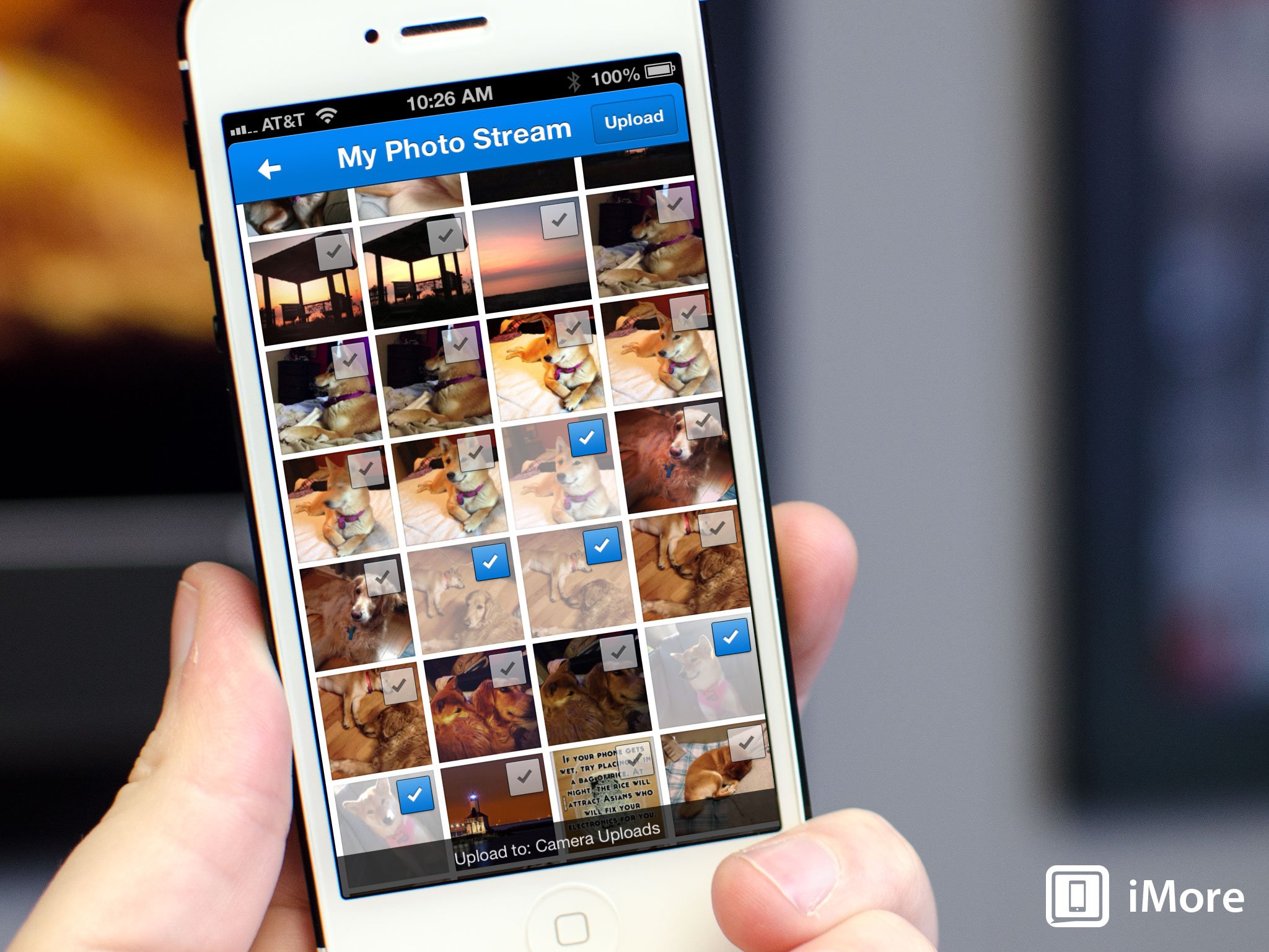
Apple's iCloud gives you free, unlimited storage for all your iTunes stuff. That includes iBooks, music, movies, TV shows, and apps, as well as 30 days or 1000 Photo Stream photos. You also get 5GB of additional storage for backups, data, etc. In many countries, you can use iTunes in the Cloud to download your media only when, and as needed. You can even purchase more iCloud storage for the following yearly fees:
- 10GB: $20/year
- 20GB: $40/year
- 50GB: $100/year
Beyond iCloud, there are also other options like Dropbox, Box.net, Google Drive, Microsoft SkyDrive, and more. All of these cloud storage services might make the 16GB iPhone all the more tempting. You might think iCloud can let you keep most of your apps and media nearline, and re-download them only when you need to, so they don't take up precious storage on your device. You might also think Dropbox can let you keep documents and photos similarly available just-in-time rather than all-the-time.
It's not a crazy idea but it's important to remember that online/nearline storage isn't always as available, fast, or convenient as onboard storage. For starters, you can't really play a movie from iCloud, you have to download it before hand watch it, which means it takes a lot of time and you have to have enough space available on your iPhone to handle the download. If you want to watch a lot of movies, you may have to watch, delete, watch, delete, over and over again. Annoying. The same goes for any large download - like 1GB+ games! - or many small downloads, like podcasts and music.
Master your iPhone in minutes
iMore offers spot-on advice and guidance from our team of experts, with decades of Apple device experience to lean on. Learn more with iMore!
So cloud storage means you can get away with managing more content on your device than you could otherwise, but it also means you still want to have enough local storage for what you need, when you need it.
Photos and videos
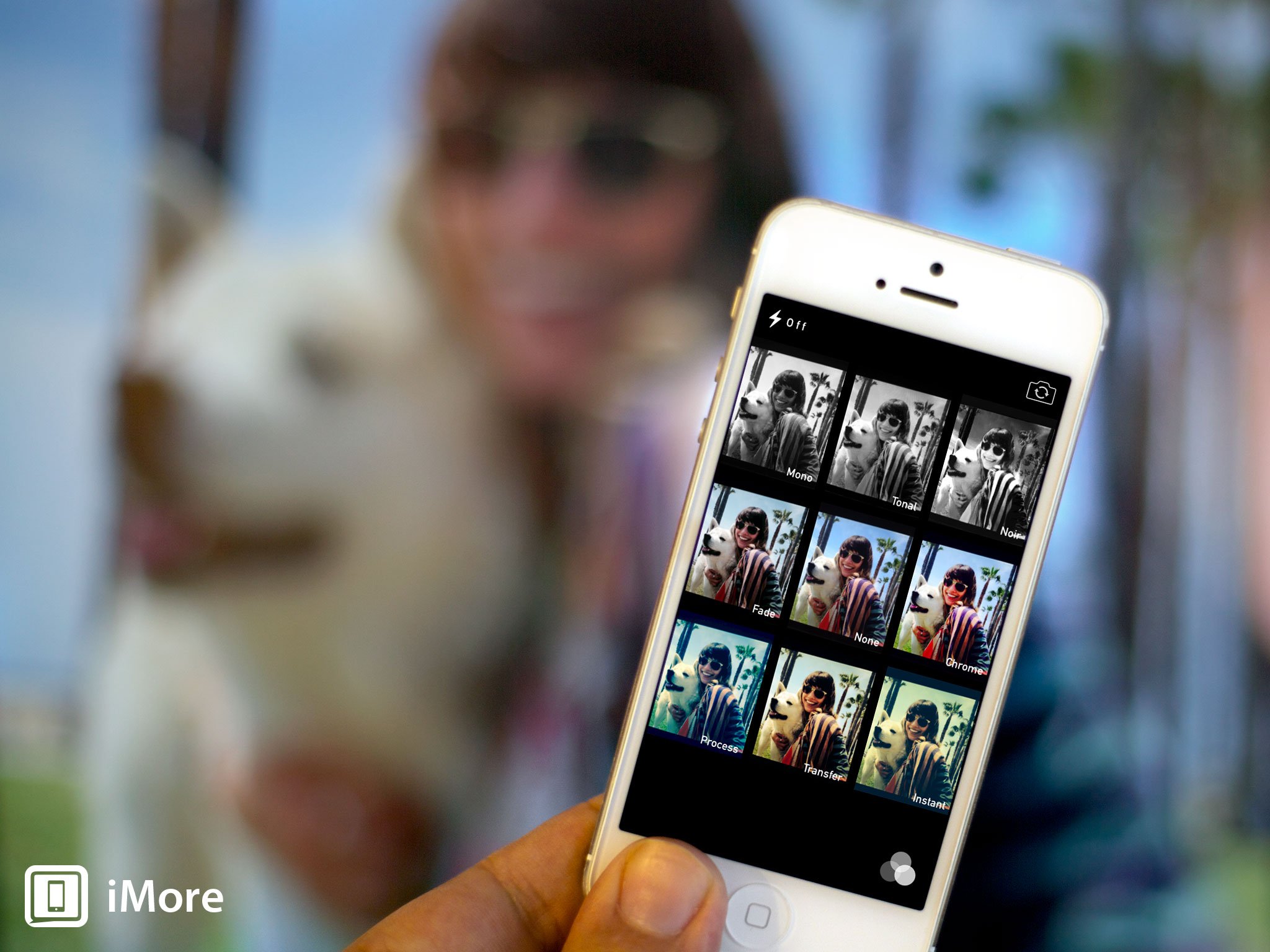
The iPhone 5s and iPhone 5c can both take 8 megapixel photos and 28 megapixel panoramas, and shoot 1080p video at 30fps. The iPhone 5s can also shoot 720p and 120fps. Those can be some big files. About an hour of 1080p video can take up roughly 10GB of storage. 16GB doesn't seem so roomy now, does it?
I take a ton of photos and videos on my iPhone and back when I had a 16GB iPhone, I ran out of space all the time. And that was just 5 megapixels and 720p. And it's a huge pain in the butt to have to go through and figure out which memories and special moments you have to delete in order to capture more. So if you're really into the camera, 16GB might not work.
Apps, games, and media
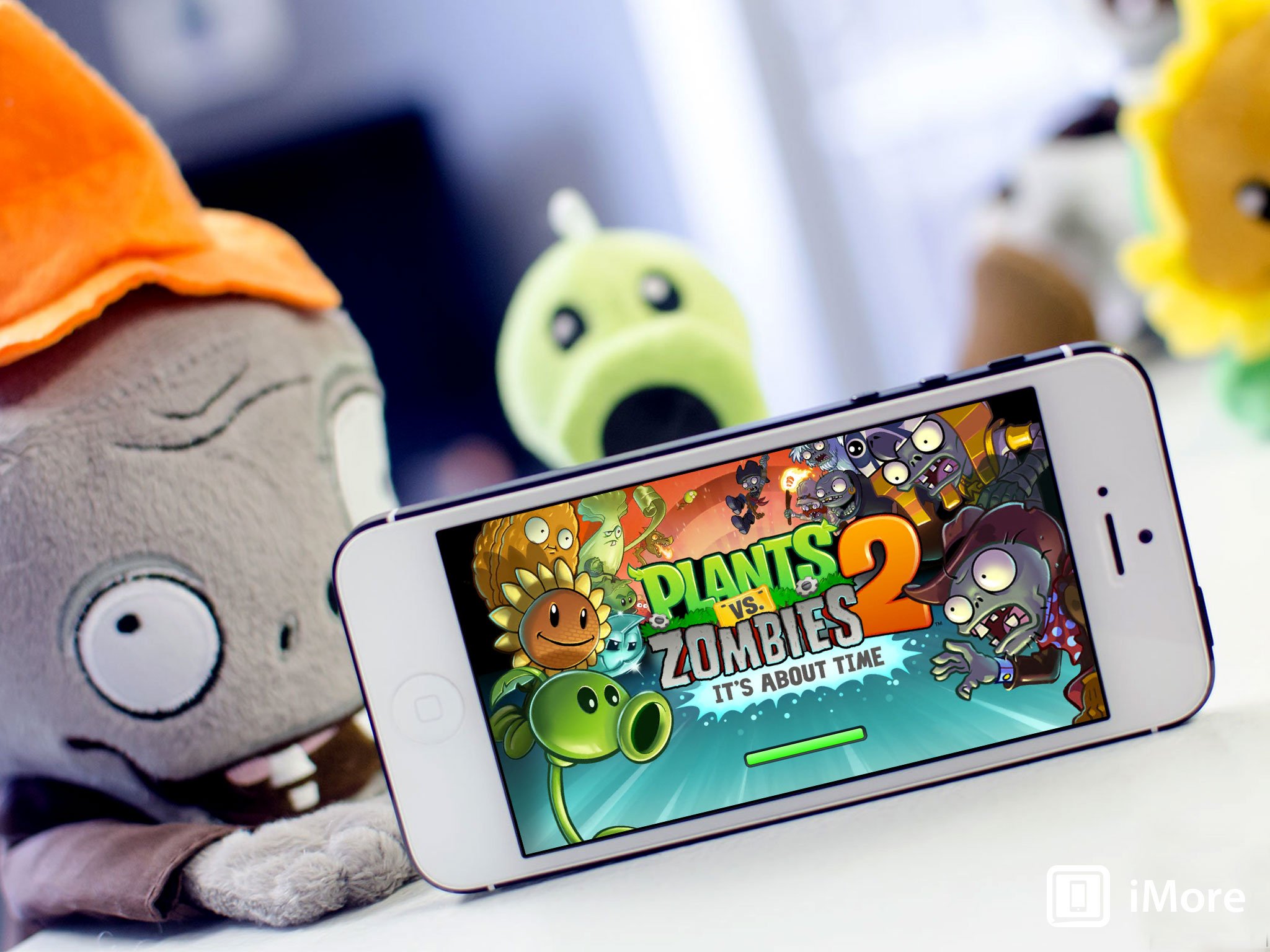
As I mentioned above, apps and especially games can also take up a lot of space on your iPhone. It's not uncommon for some console-quality games to be well over 1GB in size these days. Even basic apps might include interface assets for iPhone and iPad, 3.5- and 4-inch (and now call up frameworks that might be 32- and 64-bits!). Those are some super-fat binaries!
iTunes movies can be 1-3GB in size for SD depending on the length. If you prefer watching HD, they can be 3-6GB. iTunes TV shows can be a quarter to half the size of movies, but more than make up for it by the number of episodes typically available. If you get your movies and TV shows from somewhere other than iTunes, you're still looking at about 400MB an hour for SD and over 1GB (sometimes way over) an hour for HD. Music files are generally quite small but can add up as well, especially if you have lots and lots of albums you want to keep with you everywhere. Even with something like iTunes Match or a similar music locker service, or a streaming service, you need local storage for offline playback. Again, it all adds up.
Who should get 16GB?
If you don't use a lot of apps, if you don't want to have a lot of movies and TV shows, or a huge amount of music, if you don't intend to shoot and keep very much 8mp photos or 1080p video on your iPhone, you'll probably be okay with 16GB.
Some people like to keep their iPhones light and do all their gaming and media on their iPad, and some people just don't do a lot with their phones period. If that's you, you can save yourself some cash and get a 16GB iPhone 5c or iPhone 5s.
Who should get 32GB?
If the iPhone is your primary device, if you play games on it and watch movies and TV shows on it, if you have a decent-sized music collection you want to keep with you, and if you shoot an average amount of photos and videos, 32GB is your sweet spot.
Some people like to have one device that, while it doesn't do everything all the time, it's capable enough to do most things most of the time. If you do a fair but not overwhelming amount of stuff on your iPhone 5c or iPhone 5s, you're better off going for 32GB.
Who should get 64GB?
This option is only available for iPhone 5s. However, if you're a power user who wants to keep as much as possible for as long as possible, if you have a large amount of apps and games, TV shows and movies, and a huge music collection you simply have to have with you all the time, or you shoot photos and video almost non stop and don't want to have to bother transferring it all the time... well, you've probably already decided on 64GB, haven't you?
Some people really do want their iPhone to do everything, all of the time, and never (or rarely) have to worry about running out of space. They probably want 128GB -- or even 256GB if they could get it! -- but they'll use the most they can, whenever they can. That's the iPhone 5s with 64GB.
Still undecided?
If you're still not sure about 16GB, 32GB, or 64GB, jump into our iPhone discussion forums and the best community in mobile will happily help you out.
Also, remember, in most places you have time to try out your new iPhone 5c or iPhone 5s and return it if you don't like it. So, make sure, as soon as possible, you put your new iPhone 5 through realistic paces. Load up all the apps and games you want with you, load up your movies and TV shows, go out and take some photos and shoot some video. Give it a complete and thorough workout and see. If it feels like you got too much storage, say 64GB and you haven't even gone past 2GB, or if you got too little, say you're already at 15GB of 16GB, then take your iPhone back and exchange it for one that better suits your needs.
If you come to this realization too late, after the exchange period is over, remember you can buy additional iCloud storage, or look at other options like Dropbox which will let you keep your stuff available online and potentially free up some much needed space on your iPhone.
Once you've decided, let me know - which iPhone, and which size, did you go with and why?
Senior Editor at iMore and a practicing therapist specializing in stress and anxiety. She speaks everywhere from conferences to corporations, co-host of Vector and Isometric podcasts, follow her on Twitter @Georgia_Dow and check out her series at anxiety-videos.com.

